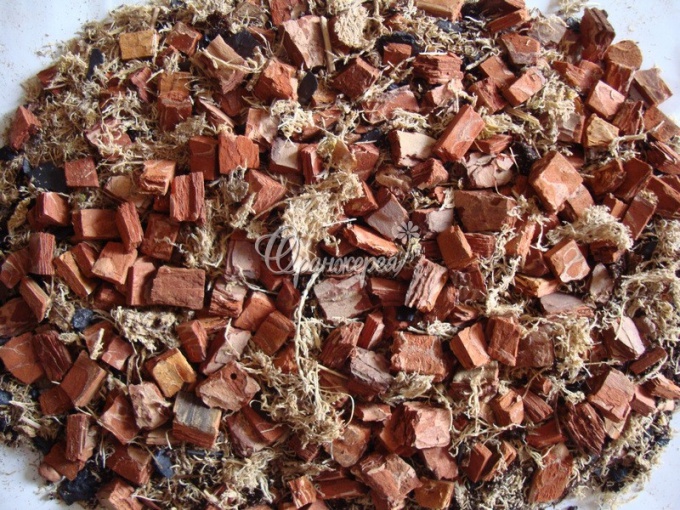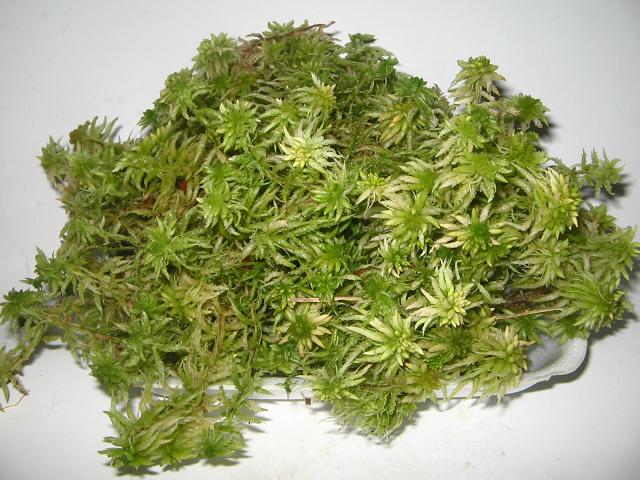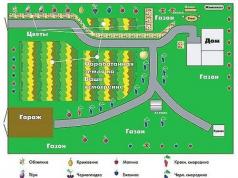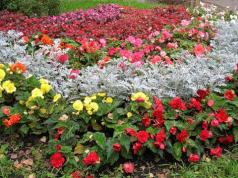You will need
- 1. Pine bark - 5 parts
- 2. Moss - sphagnum - 2 parts
- 3. Charcoal - 1 part
- 4. Cinnamon powder
- 5. tablet of furacilin.
Instruction
Phalaenopsis or it is also called an orchid is a beautiful unpretentious specimen from the orchid family. The flower is ideal for indoor growing. It is not picky about light and easily adapts to the temperature regime of the room. Flowering lasts quite a long time, regardless of the season.
An orchid usually ends up in our apartments as a gift, or we buy a beautifully flowering plant simply because we liked the “butterfly” flowers. The plant first of all needs a transplant, but do not rush with this procedure. Orchids, after moving to other conditions, need to adapt to a new place, and after some time, when you notice changes and growth of leaf plates or air roots, you can safely proceed to transplanting the plant into a larger pot. It happens that an orchid does not show signs of life until six months, do not be discouraged.
To begin with, I advise you to familiarize yourself with which substrate we will place ours in. The substrate can be varied, but still, pine bark with the addition of charcoal and moss - sphagnum is considered the best. Pine bark purchased in a store or collected in the forest is subjected to heat treatment by boiling for about 1-2 hours. Boil preferably twice, with an interval of 1-2 days. During the first boiling, dirt is washed off the bark, and during the secondary boiling, we neutralize the residual fungal inclusions. You can add a tablet of furacelin when washing the bark. After that, the bark is well dried and used to make the substrate.

The next component in the mixture for is moss - sphagnum. Moss is very moisture-intensive and is able to absorb excess moisture, but the life expectancy of moss is about 7-8 months, after which it loses its ability, the substrate begins to compact and undergo salinization. Moss is harvested in the forests, collecting the tops. Then treated in hot water for 20 minutes and dried.

Another important ingredient is charcoal. Birch charcoal is considered the best. It, like moss, is able to absorb moisture and give it away as needed, but coal can also be subjected to salinization. After that, the substrate must be replaced.
Drainage is prepared from expanded clay or broken red brick, laying 1/3 of the depth of the pot. Drainage serves to ventilate the air in the lower layers and is able to prevent stagnation of water after irrigation.
The pine bark is crushed into different fractions, the larger ones are poured onto the drainage layer, and the smaller particles will go to the powder in the upper part of the pot. It should be taken into account that large particles of the bark are less moisture-intensive, they absorb moisture worse, respectively, the plant receives less water, and small particles are more moisture-intensive, and due to these particles, the substrate remains wet longer. Keep this in mind when watering.
When mixing all the components of the substrate, do not forget to add cinnamon. Cinnamon is a natural antiseptic that will perfectly cope with the growth of green plaque on the inner walls of the pot.
Coconut cubes are sold in stores, they are great for adding to the substrate.
Good luck.








